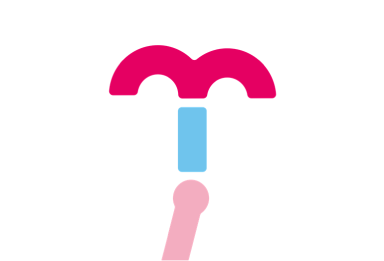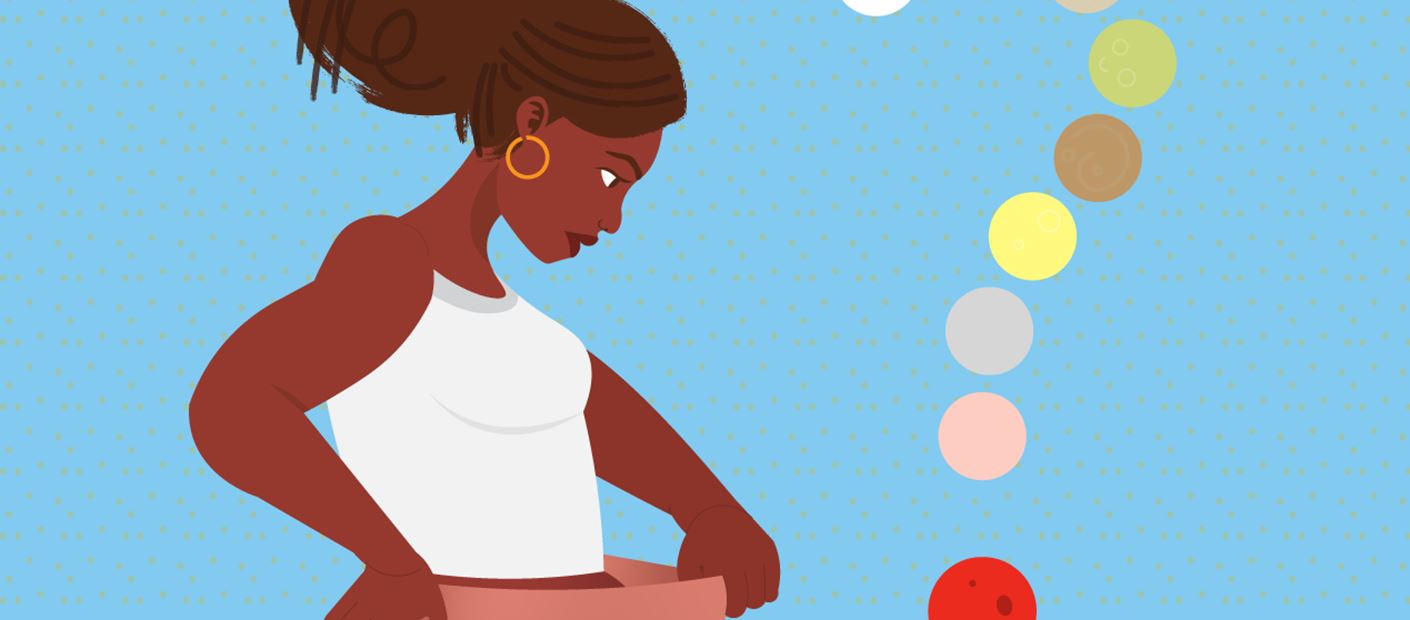IUD (insertion and removal)
Pregnancy prevention for up to ten years, remove at any time.

A long-acting, reversible method of contraception
The IUD is a small, T-shaped device that is placed in a woman’s womb and provides contraceptive protection for up to ten years.
Long-acting methods of contraception all have the advantage that, once in place, you don’t need to think about them until they need replacing and none of them interrupt sex. However, these methods don’t protect against STIs.
Frequently asked questions about IUDs
– The IUD is easy to use. Once in place, you do not need to think about it or do anything until it needs replacing. Depending on the IUD it can last up to 10 years.
– You can get the IUD removed whenever you want. Your previous fertility will return immediately after the IUD is removed.
– It can be placed in your womb directly after childbirth or at the time of an abortion, and works as soon as you put it in.
– An IUD requires a simple, small procedure to fit and remove it.
– It does not interrupt sex. Neither you nor your partner should be aware of the IUD during sex. If you experience any discomfort you should have the positioning of your IUD checked by your provider.
– The most common side effect of IUD is heavier, more uncomfortable or prolonged periods. Some women might also experience light spotting between periods, especially in the first few months after insertion, just before menstruation is due. In most cases these side effects usually settle down after the first two to three months.
– The IUD may cause a slight increase in vaginal discharge but it does not cause a rise in infections as long as it is put in properly by a trained person. You should not have an IUD put in if you think you already have an infection in your womb – your health provider will check for this before inserting an IUD. The IUD does not get rusty.
– Some women may want to return to their provider six weeks after the IUD is fitted to check it is in the right place. In rare cases a woman’s body might reject the IUD and push it out.
– Unlike condoms, it does not protect you from sexually transmitted infections (STIs).
The IUD works very well at preventing a pregnancy. If 100 women used the IUD for a year and carried on with their normal sex life, then only 1 of those women would fall pregnant during that period.
Inserting an IUD is a simple procedure that takes a few minutes. A trained person inserts the IUD. The IUD sits in your womb and does not move from there. There are threads attached to the IUD which hang down into the vagina that assist with removal or if you or your provider want to check on the IUD. Do not pull on the threads as this is how the device is removed.
The IUD starts working as soon as it is put in and stops working as soon as it is taken out, at which point your normal fertility returns immediately.
Getting an IUD removed is quick and simple. Our provider will gently pull on your IUD string, and the arms of the IUD will fold and will slip out. You may experience cramps for a short while as it comes out. If there are difficulties removing your IUD then the provider may use additional instruments to help remove it. They will explain what is happening so that you understand and are put at ease.
Once the IUD is removed you are no longer protected against pregnancy and will need to use another method of contraception if you do not wish to become pregnant.
It is rare for the IUD to fall out or move. Most women can self-examine and feel the small, very thin thread attached to the end of the IUD which comes out of the cervix and into the vagina. When you have the IUD inserted make sure your carer shows you how to find the thread so you feel confident to find it again.
Ready to book?
If you’re ready to visit us, book an appointment to reduce your waiting time at the clinic.
Find a clinic that offers IUDs and related services.

Why not get an STI test while visiting a clinic?
Something you should consider along with our condom service is an STI test to ensure your body is safe before you try this contraception method.
Read our latest articles
Find your best fit
If you’re unsure what method is best for you, take our online contraception quiz.

Other contraceptive methods
We offer a range of contraceptive and sexual health services to suit you
















